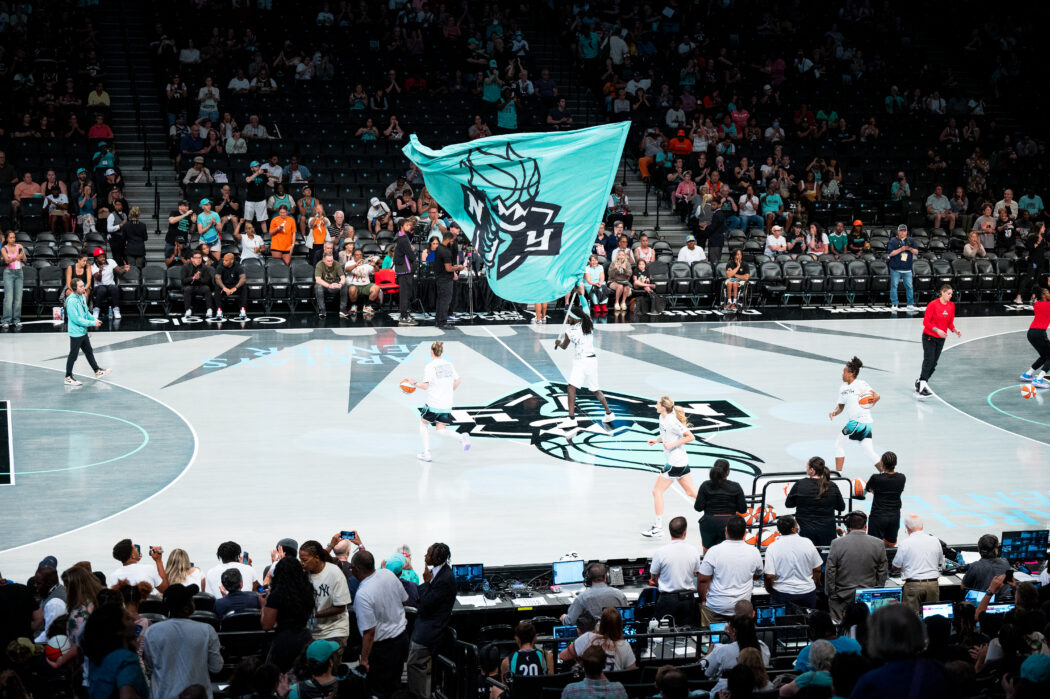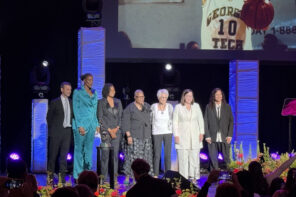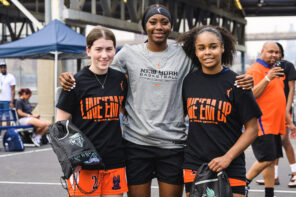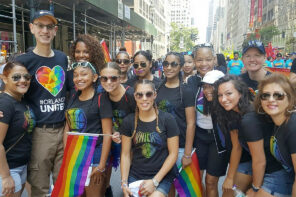While many in the mainstream media will say that the unprecedented growth the WNBA is experiencing is something that is isolated to this season, the reality is the WNBA was on the rise even prior to 2024.
But that growth is indeed taking place. And if there is anything we know about growth in any walk of life it is that it can be very painful.
One example of this that appears to be developing is the price of season tickets for certain teams. Earlier this year, there was a massive controversy involving season ticket prices for Chicago Sky games at Wintrust Arena.
Several media outlets mentioned how courtside seats for the Sky in 2025 were set to undergo a massive jump – from $4500 to $11,000. Not to mention a season ticket package for more seats in what is supposed to be a more affordable section of Wintrust Arena are supposed to go from almost $300 to nearly $1,000.
This is exactly the kind of season ticket price increase that is sure to price out diehard Sky fans. It is also the sort of season ticket price increase that flies in the face of the team’s popularity with Black fans because of the Angel Reese effect.
It appears that another team could also be on the verge of a monumental season ticket price jump – the WNBA’s flagship team.
The New York Liberty did announce that those who have held season tickets for more than three years would have theirs capped at 25%. That Twitter user did suggest that would be the price jump for two season tickets.
First – we get economics. Second – we get the concept of supply and demand and understand that the W is experiencing a massive increase in demand in 2024. Third – we knew that the price of season tickets for 2025 would likely be on the rise. But – if these rumored season ticket hikes are indeed the case, what we are seeing potentially throughout the WNBA suggests it is on the rise – but also something frightening.
The idea of longtime fans being priced out of the in-arena experience.
One can watch a game on the tube, a laptop or mobile device. One may even listen to the audio stream of a game. But there is nothing like the in-arena experience of going to a WNBA game.
This is one of the many reasons why the Liberty’s increase is troubling. From the electric atmosphere at Barclays Center to the fly antics of Big Ellie, New Yorkers get every bit of bang for their buck when they watch their beloved seafoam, black and copper at Atlantic & Flatbush.
Also – one can tell that when one attends a game at Atlantic & Flatbush that those are diehard Liberty Loyals in the stands at The Clays. Many of whom have been ride or dies with the team since its inception in 1997 and are yearning for that first WNBA championship (which may happen this of all years).
Those fans have stuck with the team through the Madison Square Garden years, the Prudential Center years and even the Westchester County Center years. Barclays Center presents, arguably, the best home court advantage in the W and that will be on full display in the upcoming playoffs.
What the WNBA and its teams ought to understand that when diehard fans are priced out, newer fans are brought in. But those newer fans are more than likely to treat going to a WNBA game as more of a novelty as opposed to an opportunity to will their favorite team to victory.
A cautionary tale can be seen in one of the markets the WNBA will expand to soon – the San Francisco Bay Area where the Golden State Valkyries will debut next season. Let us begin with the Golden State Warriors, the brother team of the Valks.
When the Warriors moved from the former Oracle Arena in Oakland to Chase Center in San Francisco, one can tell the atmosphere of attending a Dubs game changed. At Chase Center, one can notice a lot more fans in the stands – especially in the higher-priced lower bowl – that appear as if they are simply transplants from other cities and simply attend Warriors games as if it is something to do.
At the former Oracle, one can tell that was Oakland in the stands. Those were diehard Warrior fans who appreciated the struggle years to get to the era where Steph Curry, Klay Thompson, Draymond Green and coach Steve Kerr got the franchise from the doghouse to the NBA’s penthouse.
Another is the NFL’s San Francisco 49ers. The 49ers were one play away from defeating the Kansas City Chiefs in last year’s Super Bowl but Patrick Mahomes and Mecole Hardman made sure everyone in Las Vegas – including Taylor Swift and Mr. Taylor Swift (Travis Kelce) – who wanted a Chiefs win went home happy.
The 49ers currently play at Levi’s Stadium in Santa Clara despite still having “San Francisco” in its name. Levi’s Stadium is in the heart of Silicon Valley. They previously played at the old Candlestick Park. One can tell that Candlestick Park was full of diehard 49ers fans where the atmosphere at Levi’s Stadium is very corporate and is filled with a lot of individuals who simply moved to the Bay Area for high-paying jobs in the tech field.
That sort of inauthenticity is what the WNBA is risking with these season ticket price hikes. There is adjusting to supply and demand and there is attempting to price out diehard fans to cater to a newer, richer and, yes, whiter audience because those fans are already attempting to declare Caitlin Clark as the face of the WNBA when we know the real face of the W is A’ja Wilson.
Also – those fans are more than likely to subject Black players to increased verbal racial abuse because many of them are not following the league as opposed to following only one team – and specifically, one player. We already know of the racial abuse specifically aimed at Sky players such as Reese, Chennedy Carter and, most recently, Diamond DeShields (as well as the Connecticut Sun’s DiJonai Carrington) solely because they were on the opposite bench from Clark’s in a game. Earlier in the season, those same fans even aimed bile at one of Clark’s teammates (Aliyah Boston) when Indiana was going through its struggles prior to the All-Star/Olympic break.
Black players in the WNBA already are going through a changing media environment where more media is covering these games and those media folks do not look like them. Imagine what those players will be thinking when they see that the stands at WNBA have less diversity in them.
This is a classic case of a WNBA that is indeed growing but also must not forget where it came from and who laid the groundwork for the league to experience this growth it is experiencing today. The WNBA and its teams need to understand a fundamental fact that while more eyeballs on the league and its players can be a good thing on the surface that it does not risk taking away the essence of what has made the W the W.




